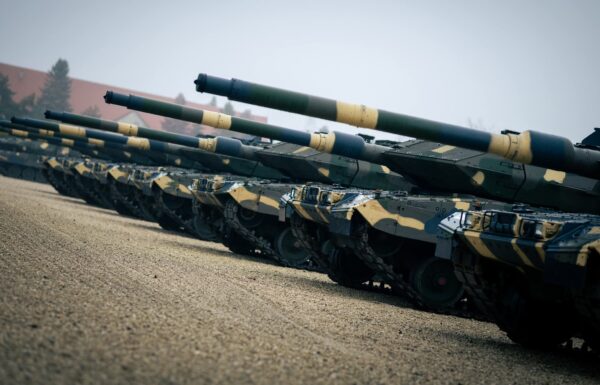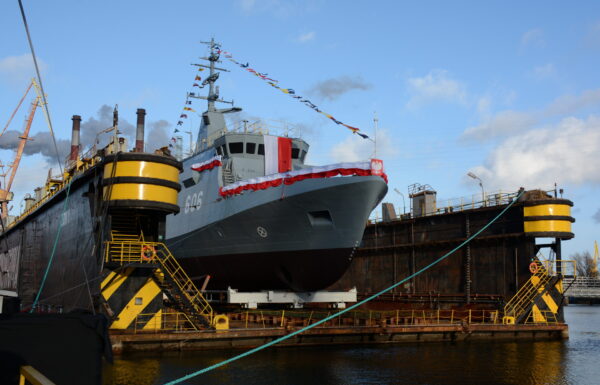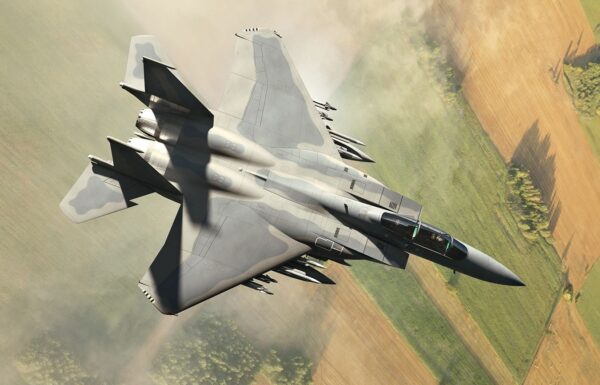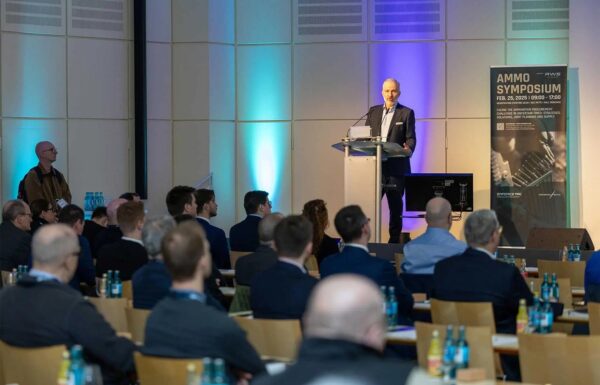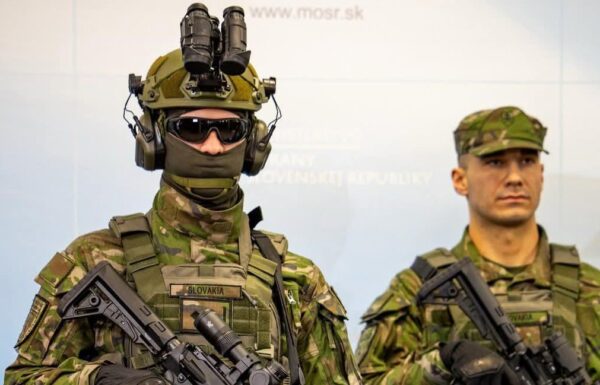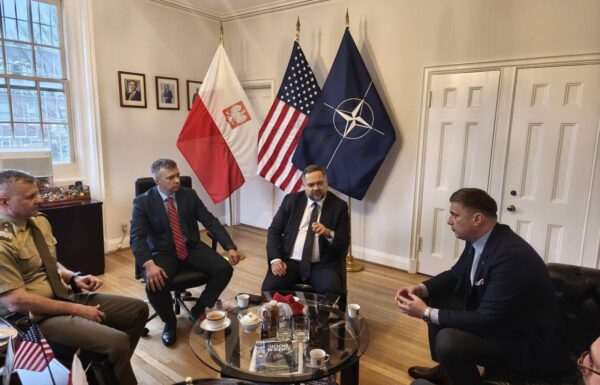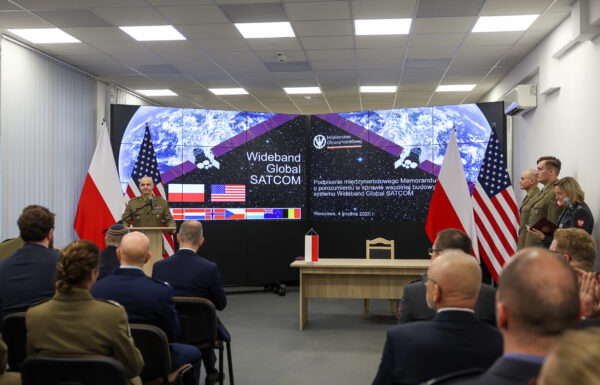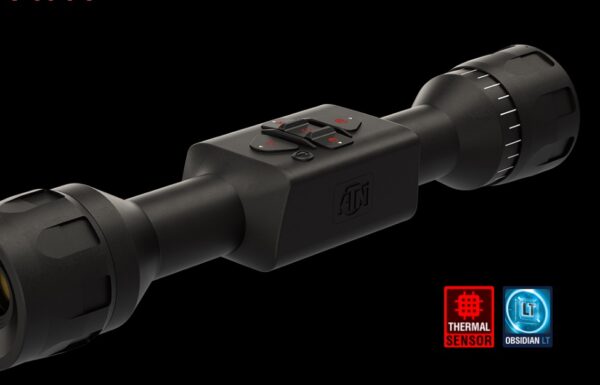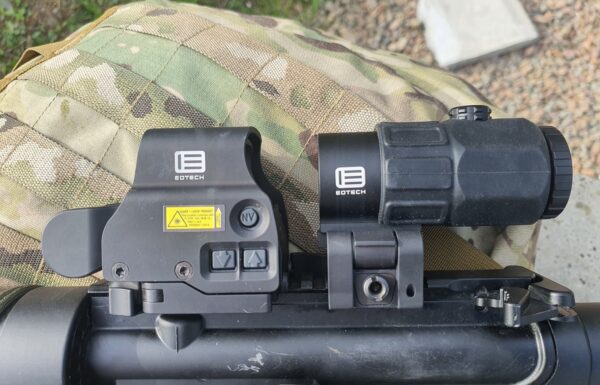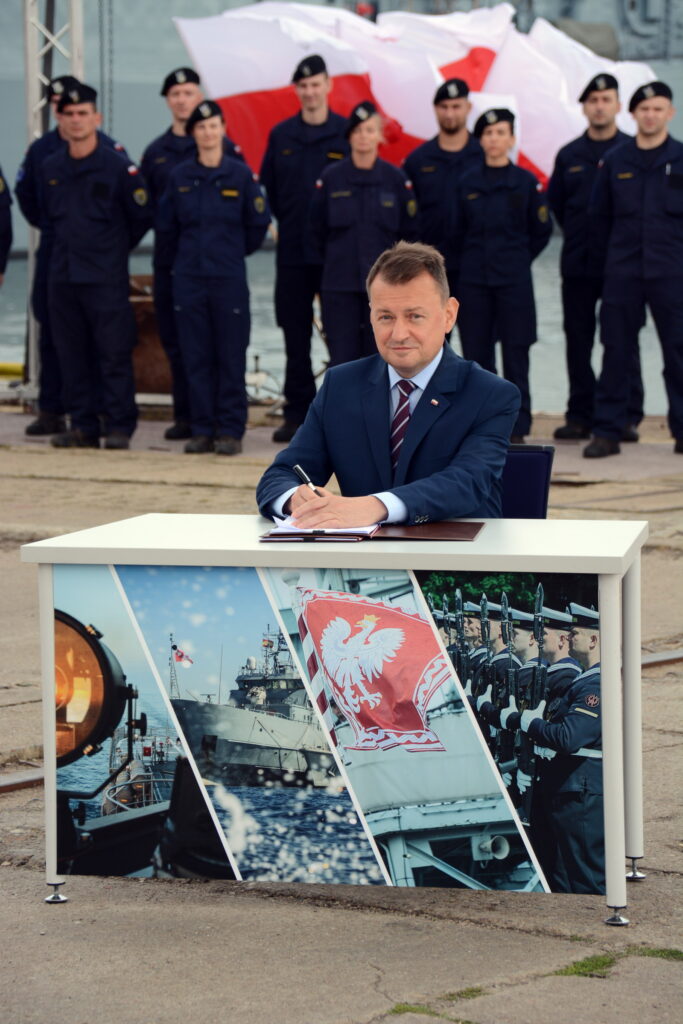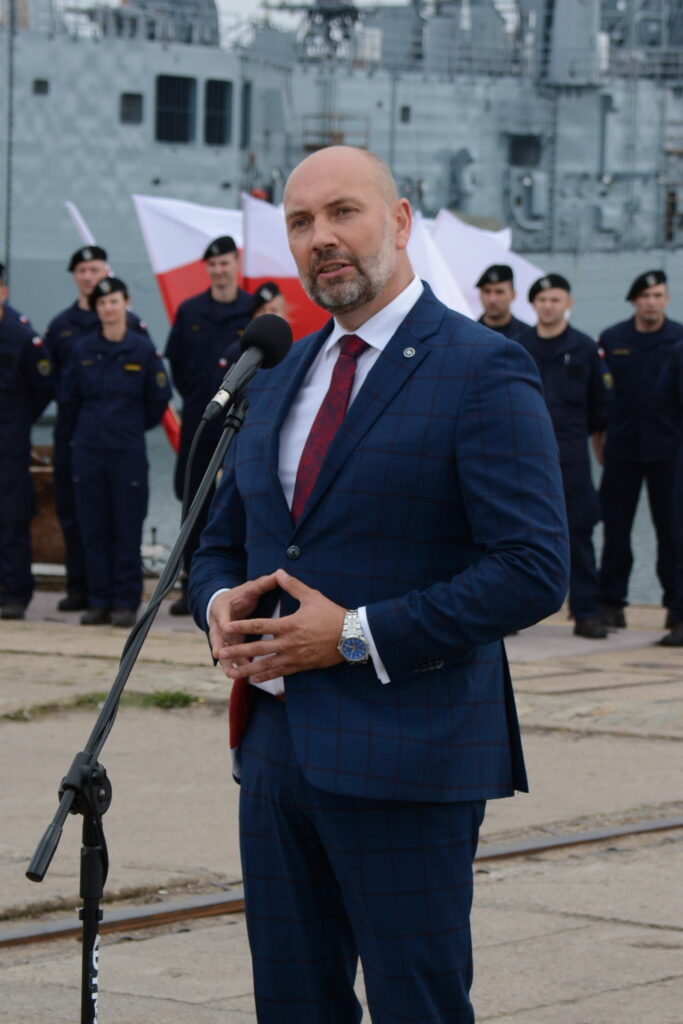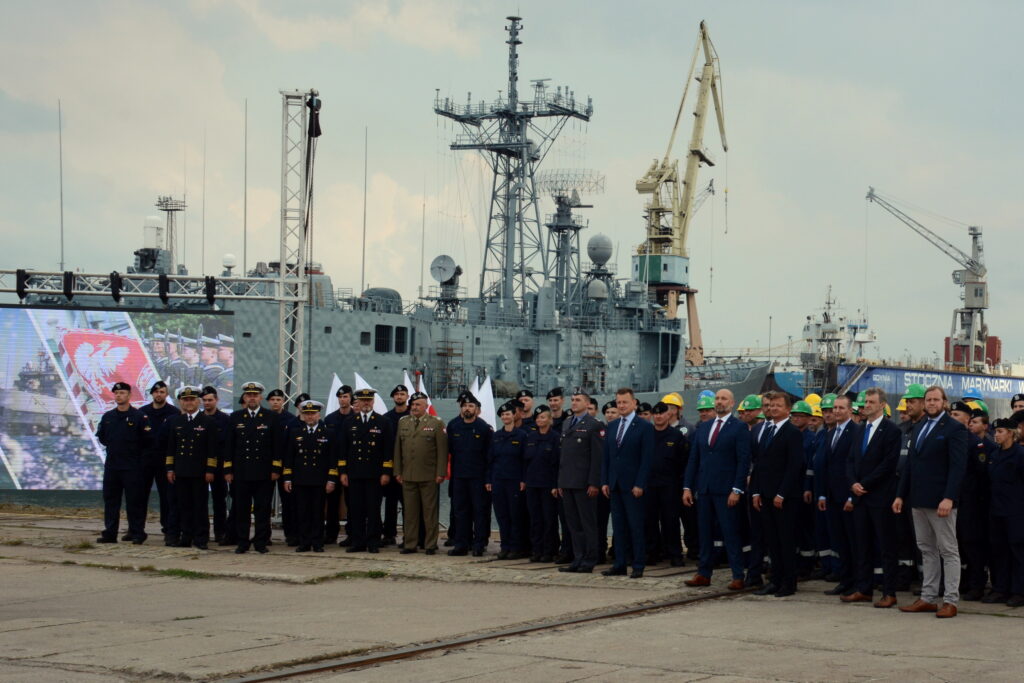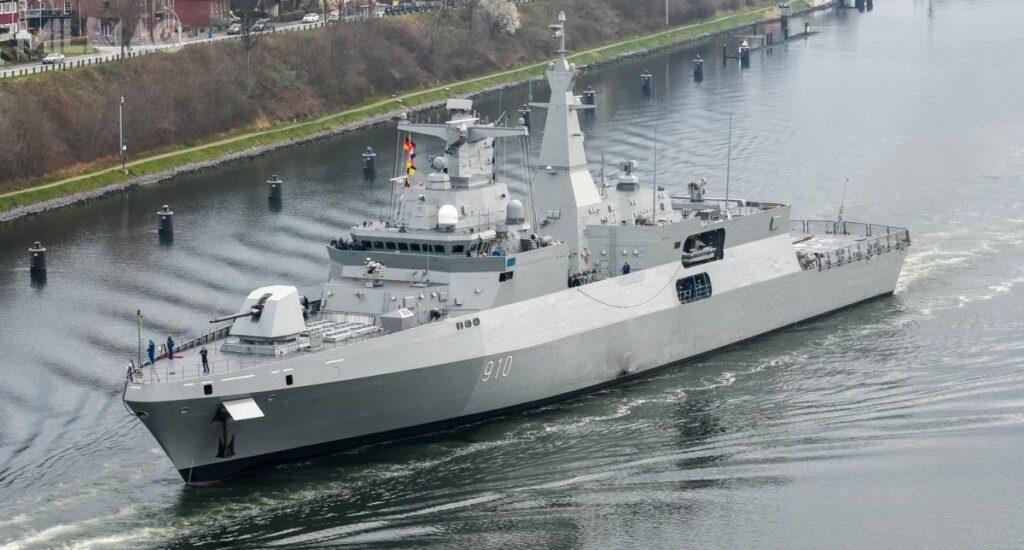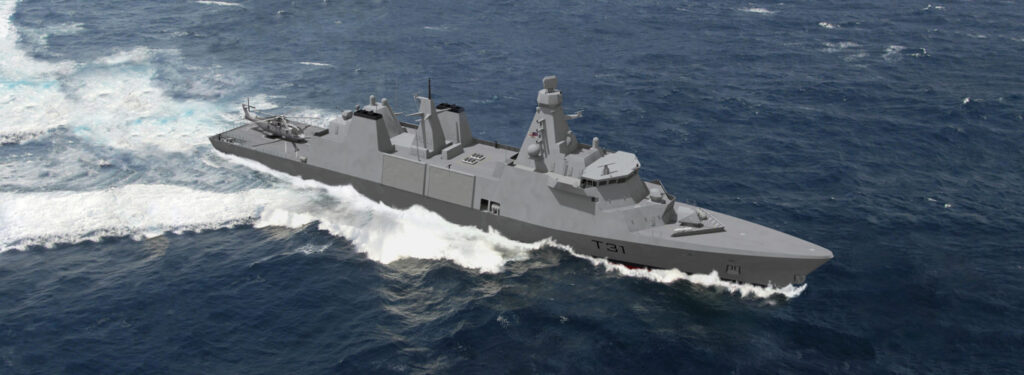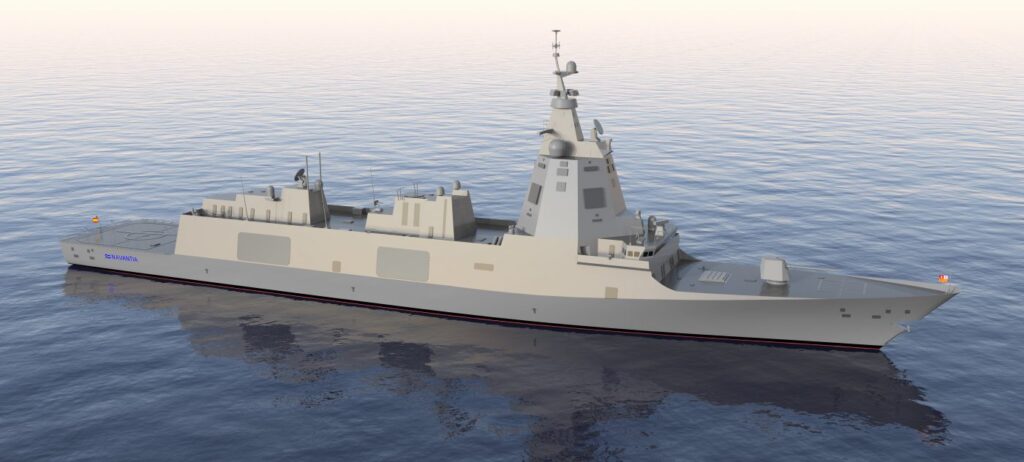That date could not be upheld, nor could be the later mentioned July 16. Unexpectedly, on Monday, July 26, it was revealed the agreement will be signed the next day in PGZ Naval Shipyard in Gdynia. During the celebration taking place on July 27 in Oksywie, as noted in the Ministry Of National Defence’s announcement, minister Błaszczak approved agreement between Armament Inspectorate and PGZ-Miecznik Consortium (composed of Polish Armament Group, PGZ Naval Shipyard, and Remontowa Shipbuilding shipyard) for delivery of three frigates for the Polish Navy’s Miecznik program.
Despite what was expected at this stage of the project, no construction has been selected as the basis for the Polish ship yet. Sparse information provided by minister Błaszczak leave little doubts in that matter, quoting “The tasks are written in details, by the end of November the consortium will have three conceptual projects prepared, and by the turn of year selection will be made […] the best of the three conceptions, the best regarding military need, and the best regarding the expenses”.
Polish Minister Of National Defence, Mariusz Błaszczak, approves agreement between Armament Inspectorate and PGZ-Miecznik Consortium / Photo: Przemysław Gurgurewicz
Agreement
Exact contents of the agreement, the schedule of anticipated works, and their financing in the following years remains unknown. CEO of the Polish Armament Group, Sebastian Chwałek said in Gdynia only that “Today we signed the most important single contract in the history of the Polish military industry.” Statement made by the Polish Armament Group after the celebration specified the contract value to be 8 billion złoty ($2.11 billion). The Armament Inspectorate confirmed the sum, clarifying it covers all the program costs, including construction of 3 ships, purchase of weapons, munitions, and full logistic support. As the financing spread over time and costs of individual stages of the project remain unknown, the disclosed sum should be treated as rough estimation, a total sum intended to be spent on frigates over the next 13 years (the declared time frame of the project is 2021-2034).
CEO of PGZ Sebastian Chwałek announced: Today we have signed the most important one time contract in the history of Polish military industry / Photo: Przemysław Gurgurewicz
A commemorative photo showing the Minister Of National Defence with representatives of military, CEOs of companies composing PGZ-Miecznik Consortium, sailors, and shipbuilders /Photo: Przemysław Gurgurewicz
First stage
The approved program is expected to be divided into three main stages. The first phase, formally started at the moment of the approval, covers mentioned preparation of the three conceptual projects of missile frigates based on foreign constructions. That officially confirms that only three out of five initial bidders that offered the PGZ-Miecznik consortium their proposals remain in play. In early July it was revealed that four bidders offering five constructions meet the formal requirements (never revealed publicly) of the project. Later in July one of the bidders dropped out, and while it wasn’t officially revealed which company it was, there is little doubt that was Italian Ficantieri, the only bidder offering two different constructions.
MEKO A-200 is the only of the offered ships that is already in service. The Republic Of South Africa purchased four A-200 SAN (Valour) which entered service in 2006-2007. Pictured Erradi is one of two MEKO A-200 AN frigates that joined Algerian fleet in 2016-2017 / Photo: TKMS
At the time of signing the agreement between the Armament Inspectorate and the PGZ-Miecznik Consortium, the list of bidders’ origin countries was officially revealed for the first time. Per the spokesperson of the Armament Inspectorate, major Płatek announcement, the bidding companies come from Germany, Spain, and the United Kingdom. It means the proposals of Navantia (likely F-110), German ThyssenKrupp Marine Systems (likely MEKO A-200, or possibly A-300), and British Babcock (Arrowhead 140) will reach the phase of reporting the conceptual projects.
Royal Navy’s Arrowhead 140 (British Type 31). It is an inexpensive ship within its class, which corresponds well with a rather modest Miecznik project’s budget of 8 billion złoty. / Picture: Babcock
Exact Polish expectations from the future frigates remain unknown. In Gdynia, minister Błaszczak repeated only what he said before: “Those will be ships with individual firepower comparable to a division of the Naval Missile Unit and strength of defensive coverage, anti-air and anti-missile defense comparable to Patriot battery.” Such declaration means that the purchased ships should be armed with medium range anti-air missiles comparable with American SM-2. Ships with such armament are in completely different price ranges, though, purchasing three such ships within the provided budget is practical impossibility. We should ask ourselves a question, however, if such generic statements can be understood to reflect actual intentions. The statement that each frigate is supposed to match the firepower of a Naval Missile Unit division would require the ship to carry 24 surface-to-surface missiles (Naval Missile Unit division has six mobile launcher vehicles carrying four Naval Strike Missiles each), which is a rare for ships of that type. It seems that this statement has to be treated as political marketing and not a realistic description of the incoming frigates. The later, and even then only in approximation, should be known by the end of November, when the Armament Inspectorate will receive the conceptual designs prepared to match the demands. The Inspectorate itself admits the planned frigates won’t be equipped with the most expensive weapons and gear possible, which suggest a strong desire to fit within the declared budget of 8 billion złoty instead of escalating the expectations and demands. It matches the statements of minister Błaszczak made in march, when he stressed he will personally oversee the procedures, to minimize the runaway expenses and complications caused by changing goals.
The Spanish F-110 frigate is the largest of proposed ships with displacement nearing 6100 tons. The variant used by the Spanish Navy is a rather expensive ship, costing approximately 860 million euro (i.e. over 3.9 billion złoty) each. / Picture: Navantia
Second stage
The second stage, which according to schedule should start at the turn of 2021 and 2022 (which practically means beginning of 2022) is the selection of the best of the three proposals. This will allow for the actual design phase, which would see development of the ship’s technical project. After its approval, the shipbuilding could be started. Minister Błaszczak said According to the approved schedule, we would like the first ship to be launched in 4 years. Yes, in four years, that is possible, ladies and gentleman. That is an ambitious but feasible goal. However, it has to be considered quite an optimistic assumption. The hull construction itself is not the most demanding part of the work for a ship of such type, and it is technically possible to meet the timeframe, but there are numerous “howevers”. First and foremost, all the preceding phases have to meet their deadlines without any delays. If we were making a ship according to finalized design, without major adjustments, it wouldn’t be an issue. However, developing modified construction is inherently prone to delays (while it is hard to predict at the moment the degree of adjustments, in case of MEKO A-100 which served as the basis for Gawron corvette, the changes were significant). The second, and possibly even more important. The Naval Shipyard is planning major investments for the task of building the new ship. The presentation shown on the Maritime Security Forum contained visual depictions of changes to the shipyard needed to implement the Miecznik program. They include construction of numerous new objects and modernization of existing ones, among the others:
– new final assembly hall by the West I wharf (partly located on the current ground site no 2), where the hull structure will be constructed
– new equipment hall constructed in the place of current warehouses by the South I wharf
– new painting halls designed for conservation work, located across the current hull halls, where during the frigate construction prefabrication and equipping of hull blocks would take place
– moving the floating dock SMW-1, currently stationed at the end of pier no 2, to West I wharf, in place of disused slipway
Those are significant investments that require additional time and funds, and any delays in their implementation will affect the schedule of the Miecznik prototype. It is hard to estimate schedule assumptions without knowing the details.
Third stage
The third and the last stage will be construction of two more ships, which will take place after the tests of the finished prototype are finalized. The planned time frame of the whole program assumes it will end in 2034, when the final ship is handed over to the purchaser.
Summary
Without access to the specific details of the contract, in fact, little is known. For now, the first phase of the program has begun, designing the conceptual projects basically, which in essence means that the foreign partners are preparing their detailed offers. We have to wait until the end of the year to learn more details. Despite the political announcements, we are not much closer to creation of the frigates than we were before signing the agreement between the Armament Inspectorate and PGZ-Miecznik Consortium. Let’s recall the fate of the Ratownik (“Rescuer”) program, which, when the agreement was signed on December 27, 2017, assumed the first ship would be finished in November 2022. Instead, in April 2020, the program was canceled and despite the vague promises of its future renewal, nothing really happened. We can only hope that the minister’s promises about learning from previous failed shipbuilding programs, are more than mere words, and for a change it will work better than usual.


